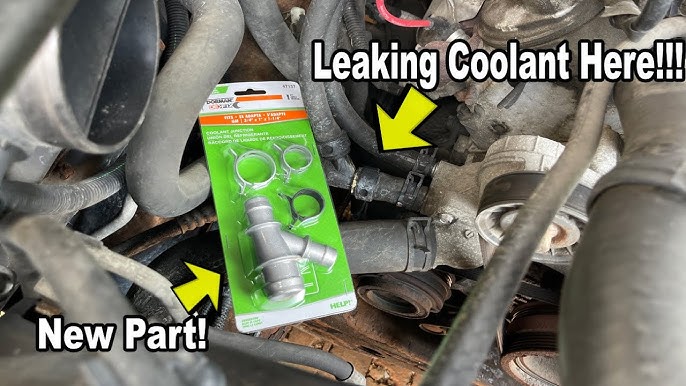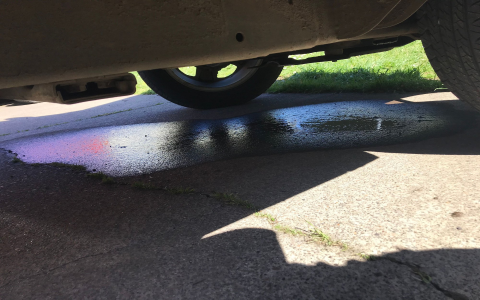Locating heater core hose leaks quickly on your 1999 Chevrolet Suburban requires a systematic approach focused on common failure points and efficient diagnostics.
Essential Pre-Checks
Verify Coolant Level:
- Check the radiator and overflow tank (cold engine). Low coolant often points directly to a leak.
Look for Obvious Signs:

- Check beneath the dashboard, especially the passenger footwell, for coolant dripping or wet carpet (indicates heater core or interior hose leak).
- Inspect the engine bay floor for fresh coolant puddles after parking.
High-Probability Leak Locations (Check These First)
Heater Core Hoses Connections:
- Trace both heater hoses to the firewall (passenger side). Find the large tubes entering the cabin.
- Inspect clamps: Tighten worm-drive clamps gently; spring clamps rarely loosen but can break. Look for seepage.
- Focus on hose ends: Examine where the hose meets the metal tube fitting (hose nipple leak point). Cracks and soft spots are common here.
The Water Valve:
- Identify the plastic heater control valve (usually mounted near the heater core tubes or valve cover, controlled by vacuum).
- Inspect for cracks, especially on the hose nipples and the valve body. Wiggle hoses gently at the valve.
The Heater Core Itself:
- Look for coolant staining or drips running down the firewall directly below the heater core tubes (exterior leak).
- Strong coolant smell inside the cabin, especially with fan on, points to a core leak.
Systematic Leak Finding Methods
Pressurize the Cooling System (Cold Engine Only):
- Use a dedicated cooling system pressure tester. Pump to approximately 15 psi (spec on radiator cap).
- Concentrate inspection: On firewall connections, the water valve, all hose nipples, and any hose splices or Ts.
- Listen for hissing sounds. Feel carefully for dampness at connections.
Physical Inspection (Enhanced):

- Feel the entire hose length: Pay attention to sections touching brackets or rubbing against other components (abrasion leak). Look for bulges.
- Remove any debris covering hoses near the firewall.
- Use a mirror and flashlight: Check hard-to-see areas where hoses route under components or against the firewall.
UV Dye Test (Option):
- Add cooling system UV dye per instructions. Drive normally.
- Use a UV flashlight to scan hoses, connections, and the firewall. Leaks will glow brightly.
Critical Tips for Fast Success
- Work Cold: Hot coolant under pressure is scalding hot. Allow engine to cool completely before opening system or touching hoses.
- Cleaning First: Degrease suspected areas. Leaks become much more visible on clean, dry surfaces.
- Feel, Don't Just Look: Coolant can evaporate quickly. Run a clean rag or your fingers under connections to detect wetness.
- Firewall Tubes: Corrosion pitting on the metal tubes going into the firewall is a known GM leak source.
Focusing efforts on the firewall connections, water valve, and hose ends yields the fastest results for identifying Suburban heater hose leaks.

